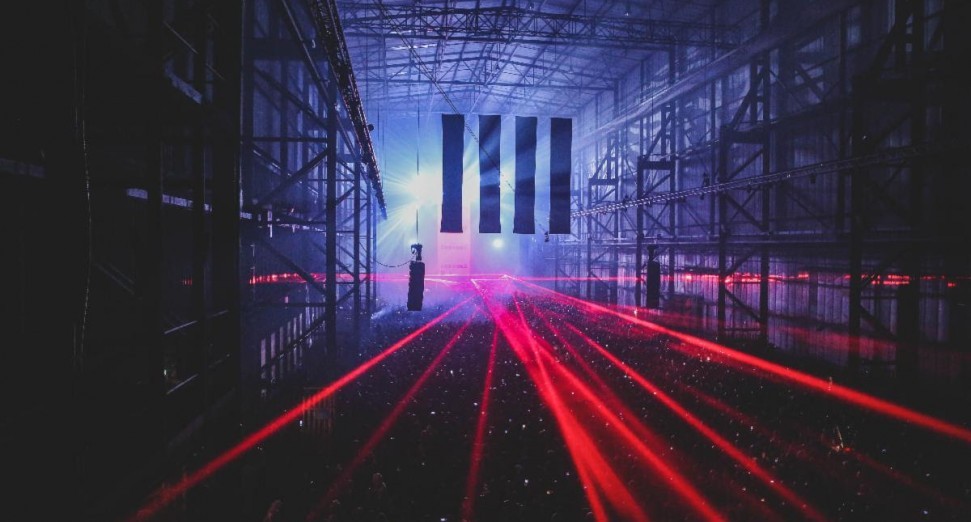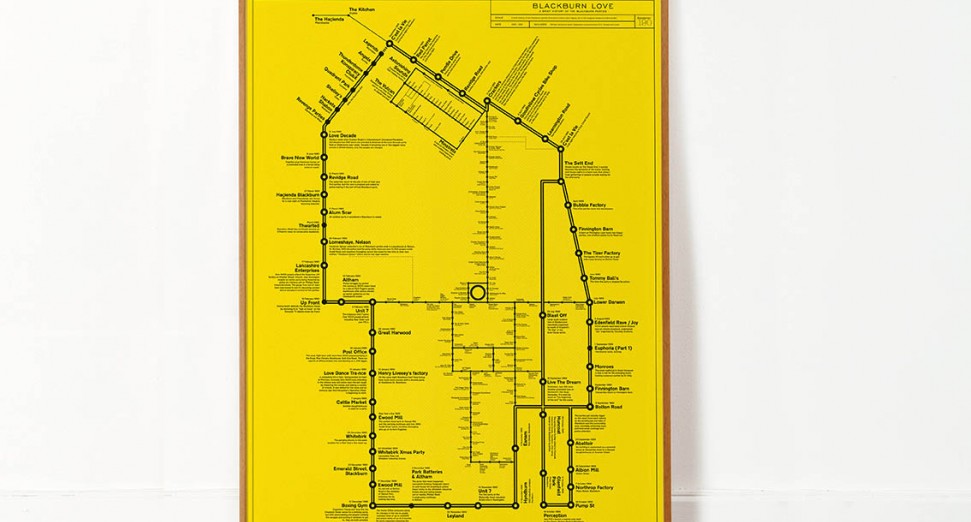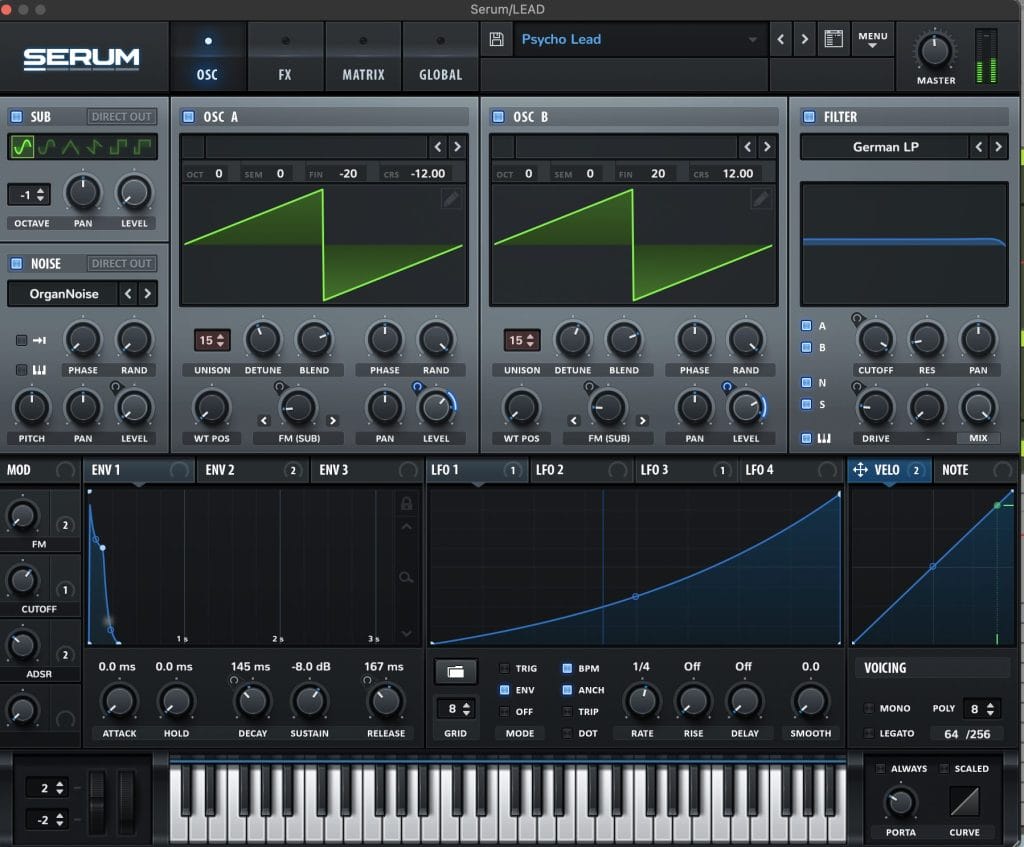
How It Was Made: A.D.H.S. – In The Dark (EXHALE – Techno)
A.D.H.S. has been on a steady rise through Europe’s techno circuit, moving from underground events in Ravensburg to major festival stages across the continent. His sound is defined by turbo-charged energy, driven by an obsession with precision and studio detail. That focus is on full display in In The Dark, his new EP for Amelie Lens’ EXHALE imprint, where heavy leads meet sharp, evolving textures designed for large systems.
His shift from hip-hop into electronic music began after hearing Falscher Hase’s Lebenslänglich mixtape, a turning point that inspired him to start producing and throwing parties in his hometown. Years later, his single Decipher on Electric Ballroom broke into Beatport’s Top 20 and marked the start of a new chapter. With In The Dark, A.D.H.S. refines that sound even further, delivering a record engineered for the rave and shaped by the same deep attention to tone, motion, and space that defines his work.
Below, he walks through the tools behind In The Dark—from the layered aggression of Serum to the warmth of Kush Audio’s Omega Transformers and the textural lift of RC-20. The detail in his production reflects not only technical control but a genuine commitment to building tension through motion and modulation.
Serum
Serum is an insanely versatile soft synth. Its high-resolution sound and deep modulation system make it ideal for shaping detailed, evolving sounds. You can map almost any parameter to an LFO, which opens up endless creative options, perfect for building tension and release.
For this track, the main lead started from scratch: two detuned saws, shaped further by playing with the coarse pitch, which gave it a slightly unstable, edgy quality. I mapped multiple parameters—cutoff, ADSR, FM amount, noise level, and oscillator B’s volume—to different modulators to keep the sound evolving throughout the arrangement. To thicken it up, I doubled the patch an octave up and layered in Hive for a tighter midrange and more punch.
In terms of processing, I used Ableton’s ROAR, some OTT, the Omega N Transformer for analog color, and a delay from Native Instruments that I sidechained against the dry signal to preserve clarity. Final touches came from Trackspacer, Soothe, and the Elysia EQ for tone shaping and mix control.
If you’re producing in a similar genre, mapping the coarse pitch can be a great way to add instability and movement to a lead. It gives the sound an organic, almost vocal-like vibe. Layering is also key: doubling an octave up adds presence, and combining it with something like Hive for mid-punch can really round out the spectrum. The more modulation you use creatively, the more alive your sound becomes.
Kush Audio Omega Transformers
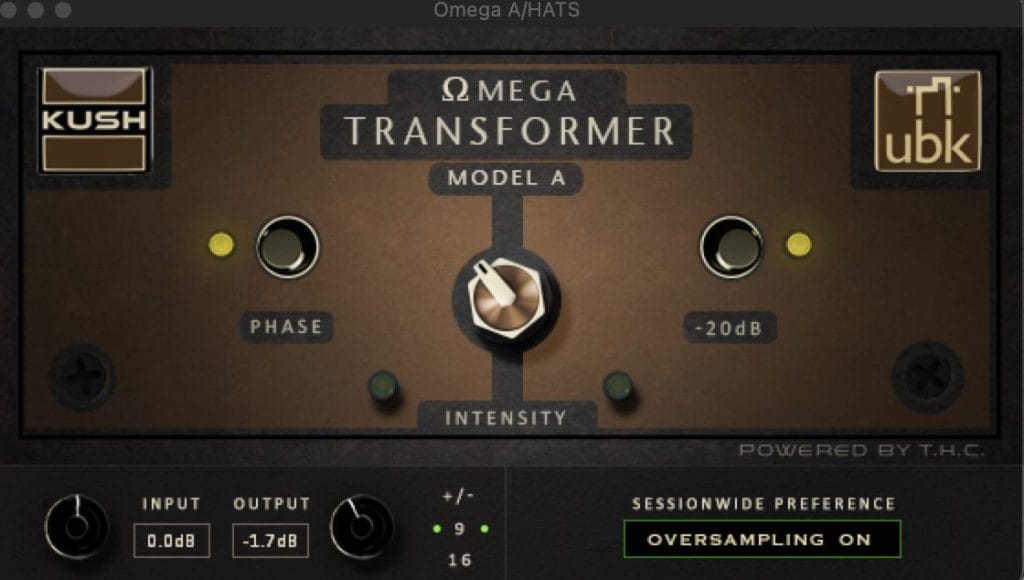
The Omega Transformers by Kush Audio are some of my go-to tools for adding character and color to individual tracks. I use them as clean, effective tone shapers that instantly bring more analog, harmonically rich vibes into a mix. They’re incredibly easy to use: just check your levels, turn them on, and they do their job.
In this track, I used the Omega N Transformer on all my soft synths, both the main lead and the opening sequence. Digital synths can often sound a bit plasticky in the top end, and the N rounds that off beautifully, adding warmth and subtle saturation. I always use it to give my soft synths a more analog feel. For drums, I like using the Omega A, either directly on channels or on a hi-hat group or drum bus—it helps glue things together and adds a nice thickness to the top end. On basslines, I often go for the THWK Transformer for some extra weight. I don’t automate any of them or use presets; they’re just instant vibe with one click.
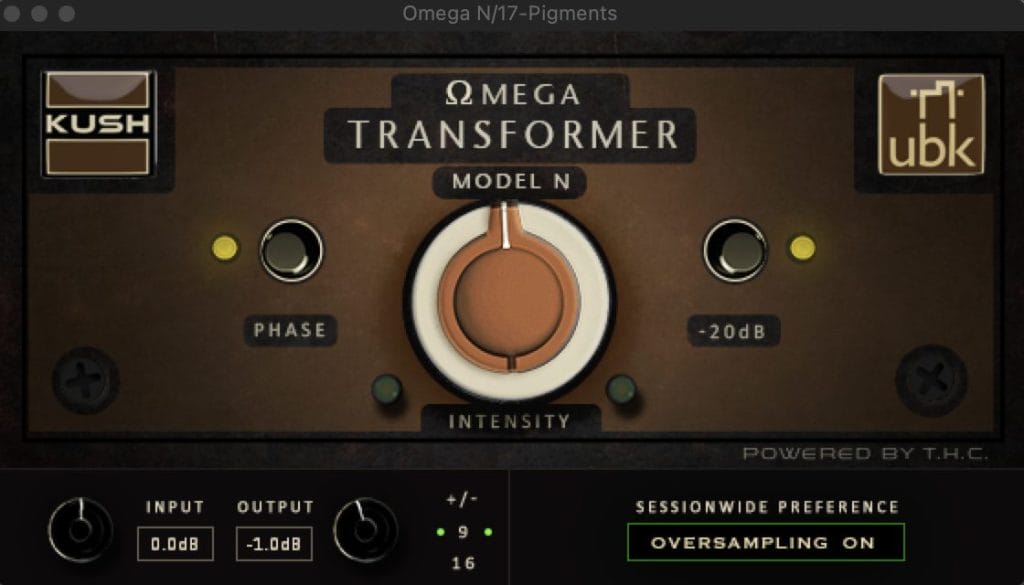
These transformers work great when your sound is 90 percent there but still missing that final bit of glue or color. Just throw one on and let your ears decide. For anyone working in hybrid or in-the-box setups, this is one of the easiest ways to inject analog flavor without overcomplicating your chain.
OTT
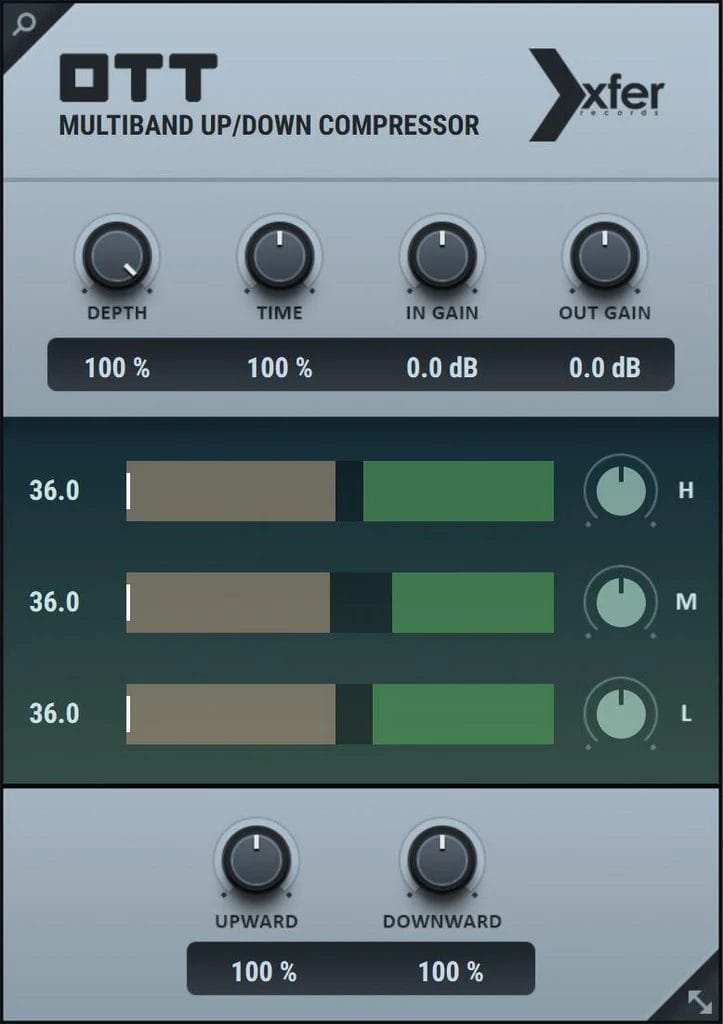
OTT is a multiband compressor that lets you compress different frequency bands—highs, mids, and lows—independently. With xFer’s OTT, you get both upward and downward compression, giving you a powerful tool to shape dynamics in a unique way. It’s popular for adding energy and presence, especially in electronic music.
In this track, and many of my productions, I use multiple OTT instances to push my sound forward and make it feel massive and energetic. I use it not just for compression but as a sound-shaping tool to emphasize mids and highs on synths. By blending upward and downward compression, you can create a thick wall-of-sound effect. You have to be careful not to overdo it, but when used right, OTT is a serious weapon in the mix.
For producers working with trance leads or other high-energy elements, OTT is perfect for giving main sounds that extra punch and thickness without losing clarity. A useful trick is placing OTT after the reverb to glue the wet signal to the synth, making the sound feel even thicker, but watch out for muddiness. Overall, OTT is a versatile tool that fits any genre needing energy and impact.
RC-20 Retro Color
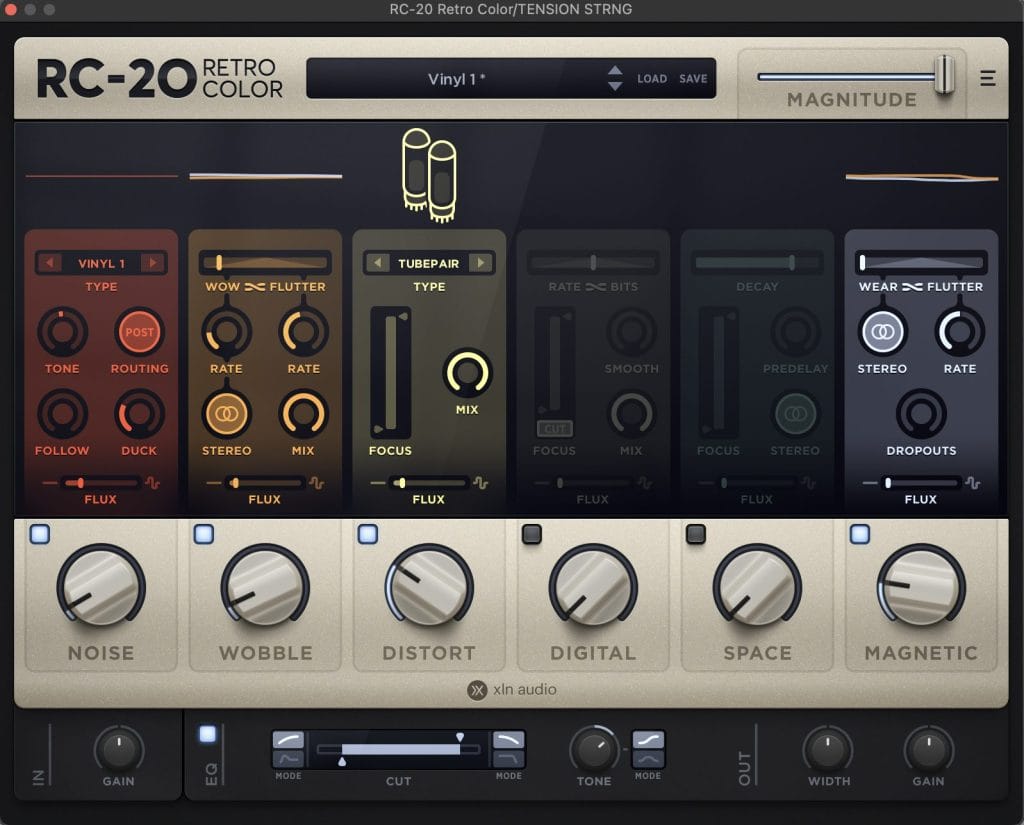
RC-20 Retro Color is a super versatile plugin that brings analog warmth and character to any sound. It offers noise layers, analog-style wobble, distortion, and even bitcrushing effects. It’s perfect for adding texture and life to digital productions, making them feel more organic and less sterile.
For this track, I used RC-20 mainly on the tension strings, but I also love applying it to pads. I usually start with the Vinyl preset and tweak it from there, or for pads, I begin with the Pad Magic preset. One of my favorite things to automate is the wobble effect, gradually increasing it to make the sound wobble more and build tension. Another great feature I use is the Flux function, which acts like an LFO adding randomness to the effect, so the wobble and noise come and go unpredictably, keeping the element feeling alive and natural.
If you produce in a similar genre, RC-20 is a fantastic tool to bring more warmth and human feel to your synths and pads, especially when working entirely in the box. Automating parameters like wobble or Flux can create subtle movement that prevents sounds from feeling static or robotic. It’s all about adding that imperfect, analog vibe that helps tracks breathe and stand out.
Quick Fire Tips for Making This Genre
Tip 1: Use high-quality synths that really cut through the mix. Your leads need to hit hard.
Tip 2: Build a rolling bassline with an octave jump on the offbeat 16th note for more energy and bounce.
Tip 3: Use clear, high-resolution reverbs to make your leads sound epic.
Tip 4: Play your melodies live to capture small imperfections and irregular timing. It keeps things exciting.
Tip 5: Use synths with lots of modulation possibilities to create evolving, dynamic sounds.




